Alzadia Winburn was born at Roberts Settlement in 1871 to Nancy and John Roberts and was the granddaughter of Hamilton County Black pioneers Elijah and Keziah Roberts. Her ancestors helped establish the Black farming community, Roberts Settlement in Jackson Township around 1835. Alzadia learned to sew while growing up in Roberts Settlement and made many quilts throughout her lifetime for family and friends. She was a lifelong resident of Hamilton County and fabricated the award-winning piece while living in her home on 937 South Sixth Street located in the Johnstown District of Noblesville.
The quilt was submitted by Alzadia’s great granddaughter, Lezlie (Glover) Davis. The ‘merry-go-round” patterned quilt was a wedding gift made for Alzadia’s grandson, Bobby White and his bride, Bessie who were married on September 2, 1958 at St. Paul A.M.E. Church in Indianapolis. Alzadia’s daughter, Esther (Winburn) Heidelberg, helped purchase the materials used for the quilt; the original receipt for material expenditures totaling $9.72 is dated July 1,1958.
Bobby and Bessie White’s daughter, Robyn (White) Riley who lives in Indianapolis, inherited the quilt and was on hand for the awards ceremony. The Fabric Show reminds us that important heirlooms like quilts can tie us to people, places and events.

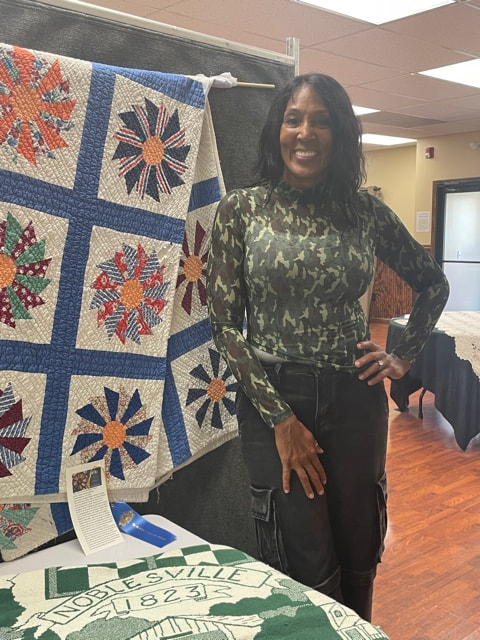
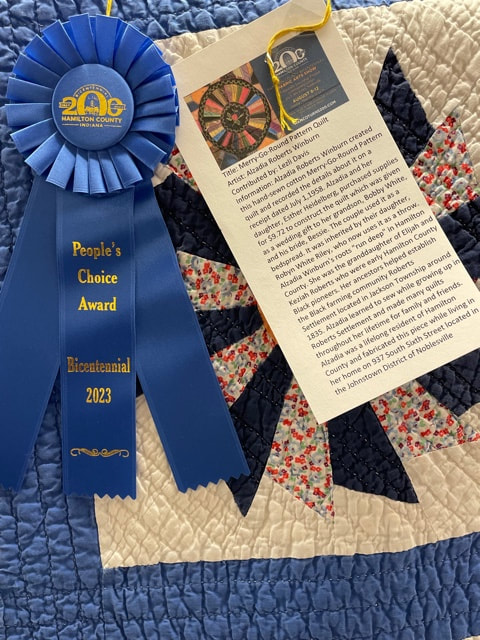
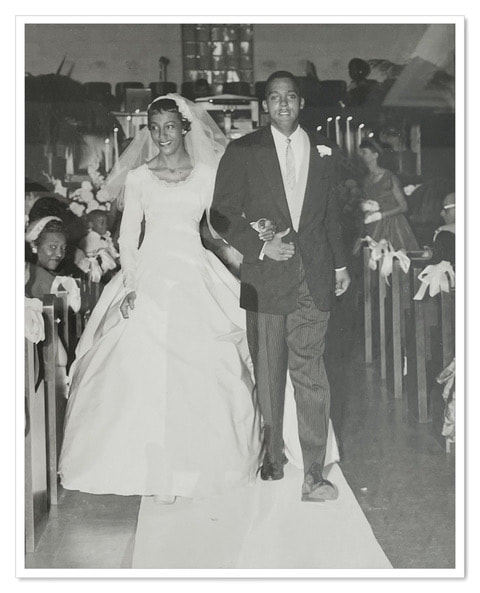
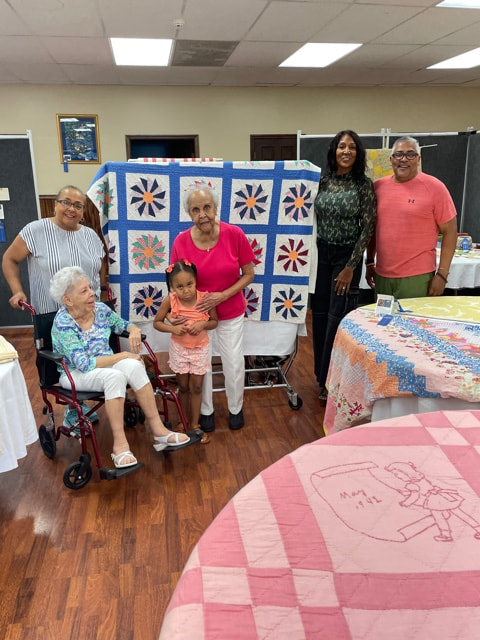
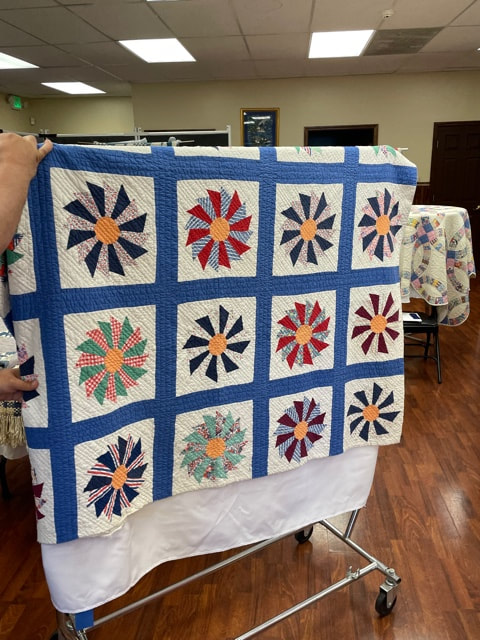
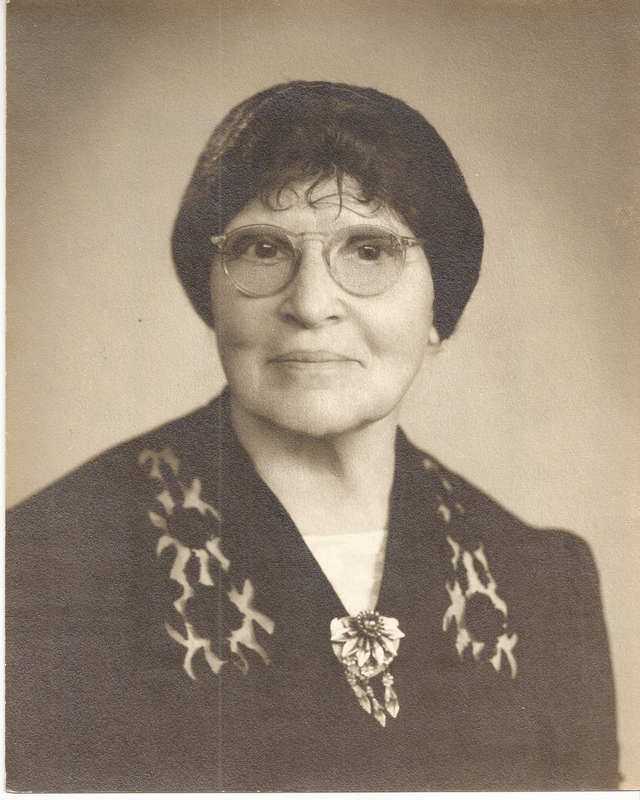
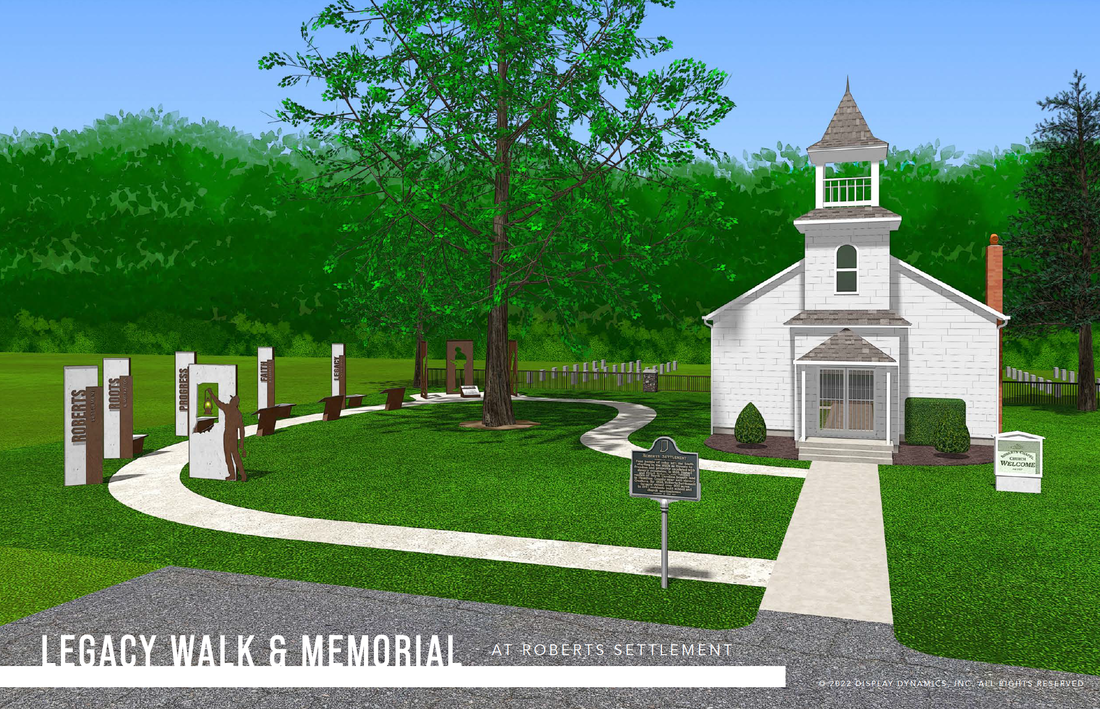
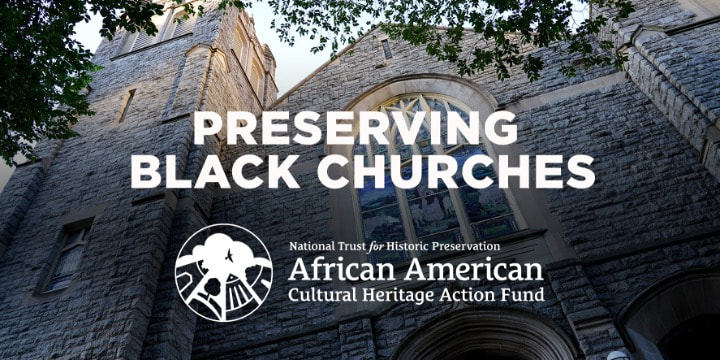
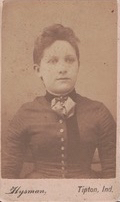
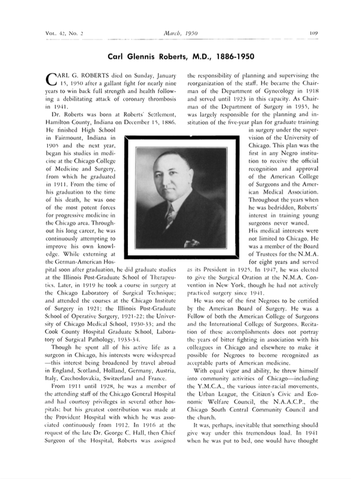
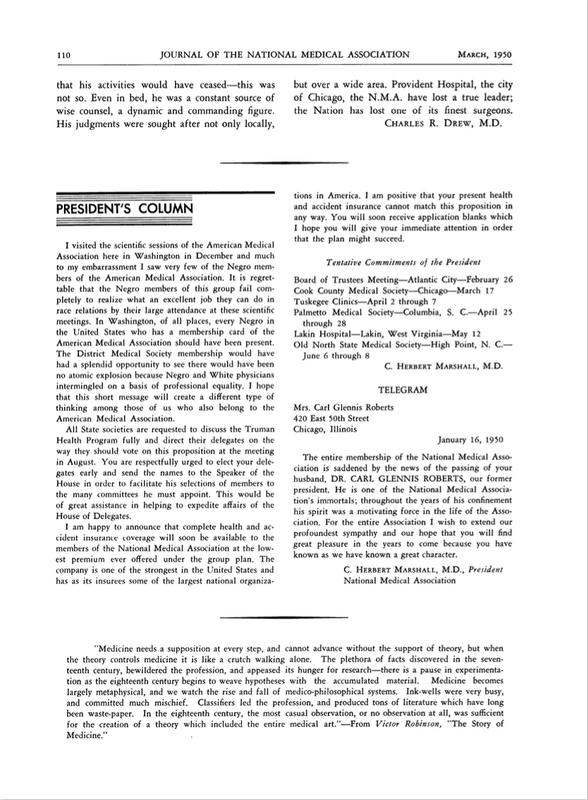
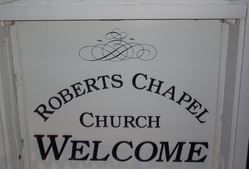
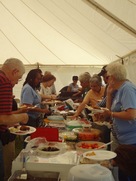
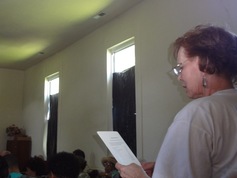
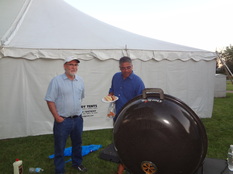
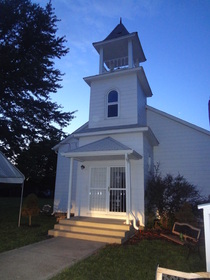
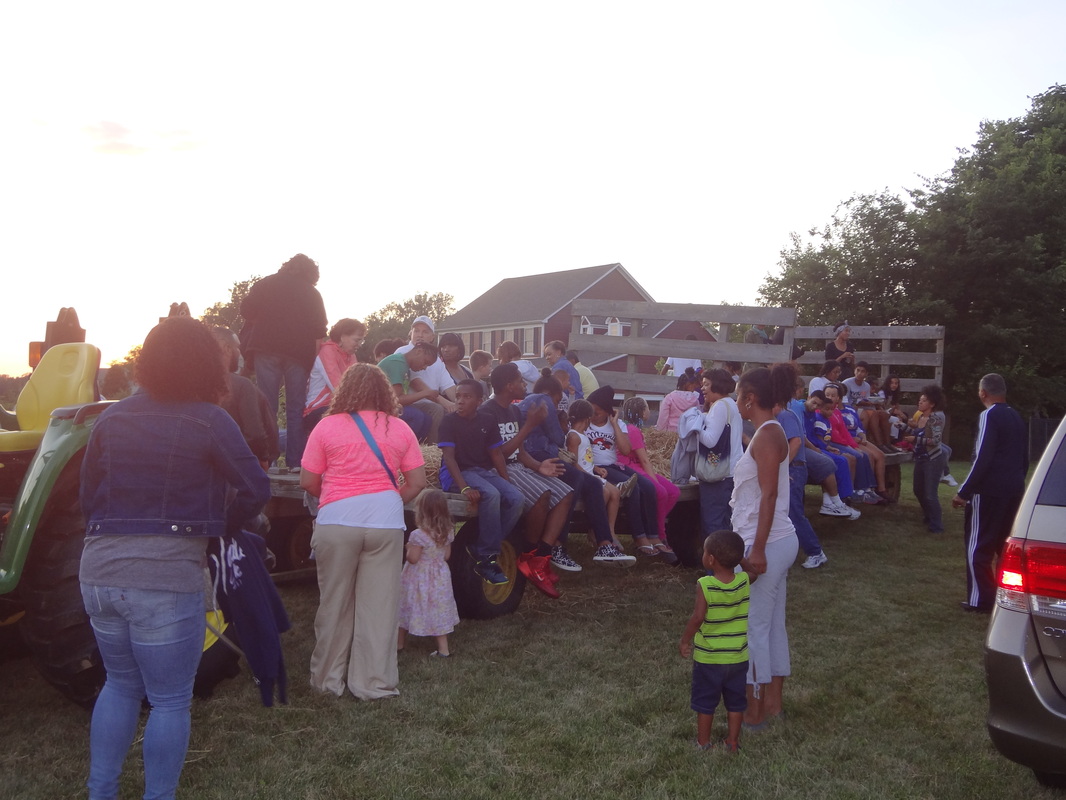
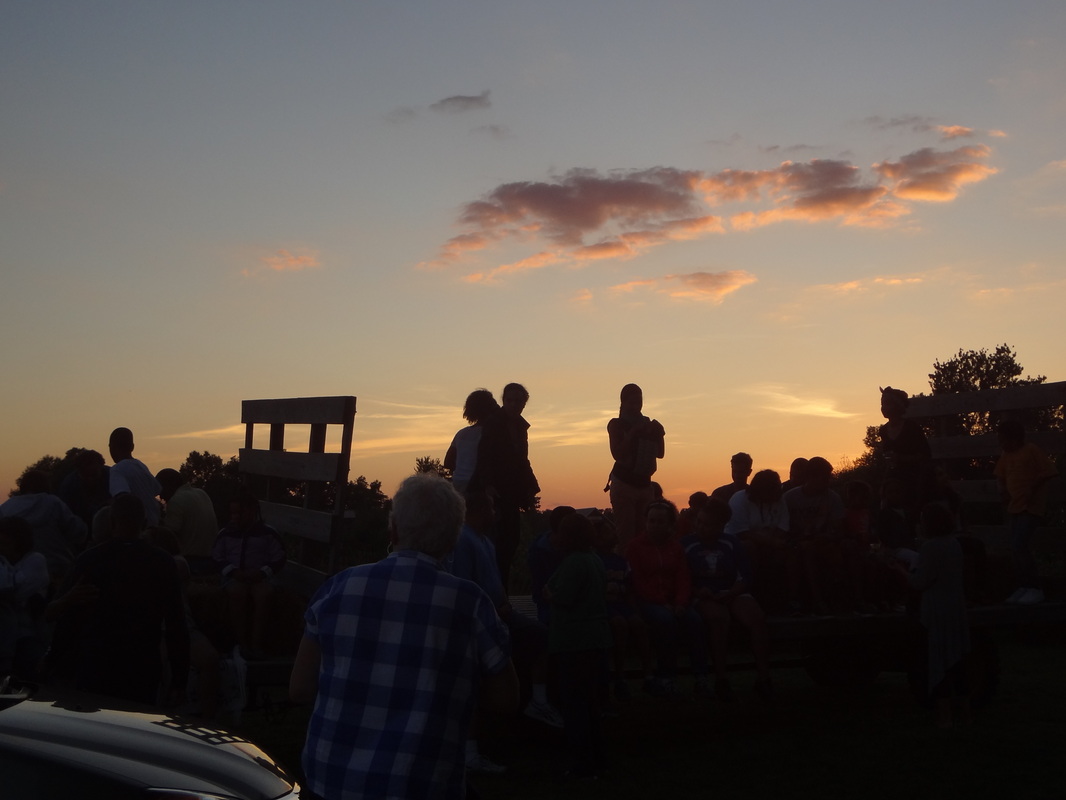
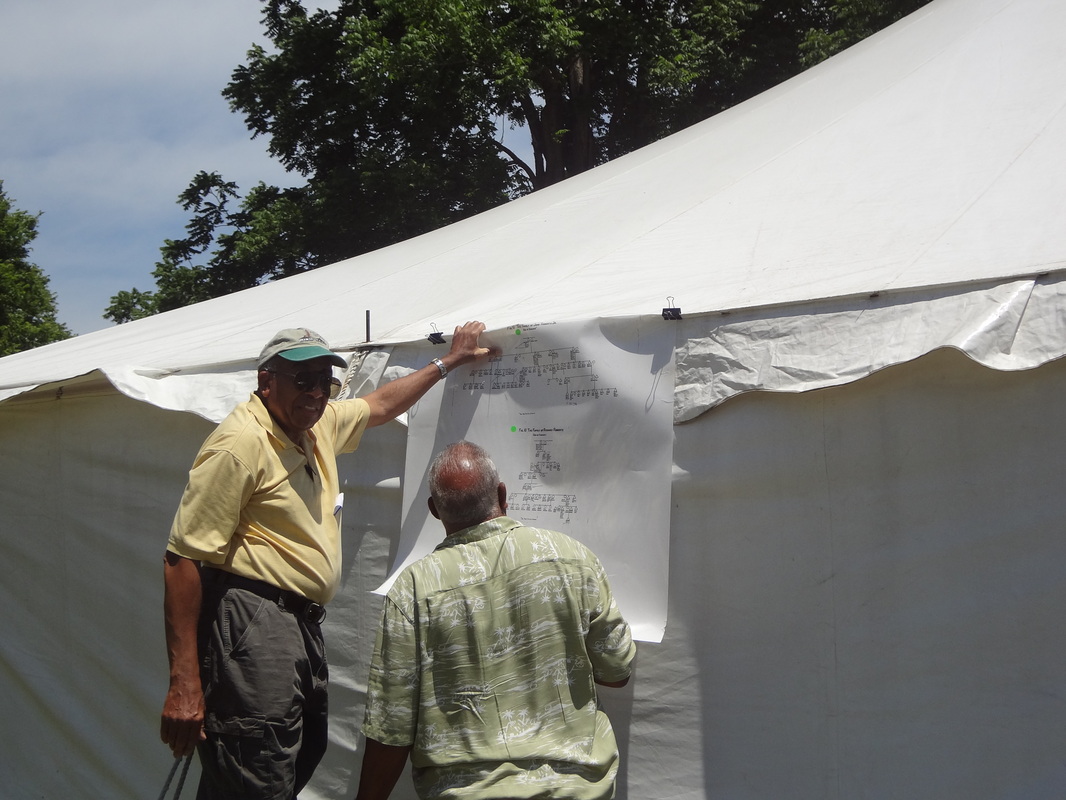
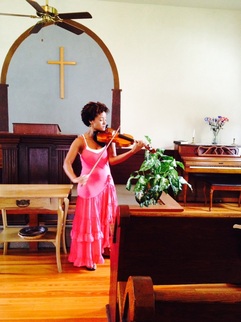
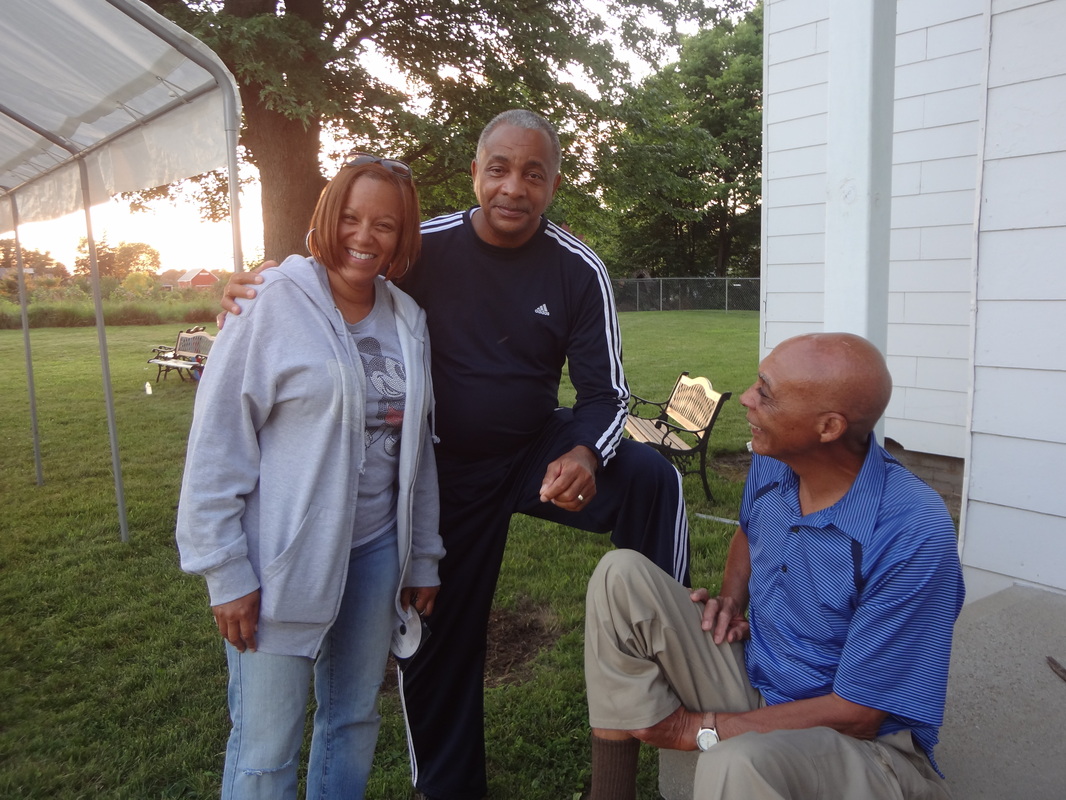
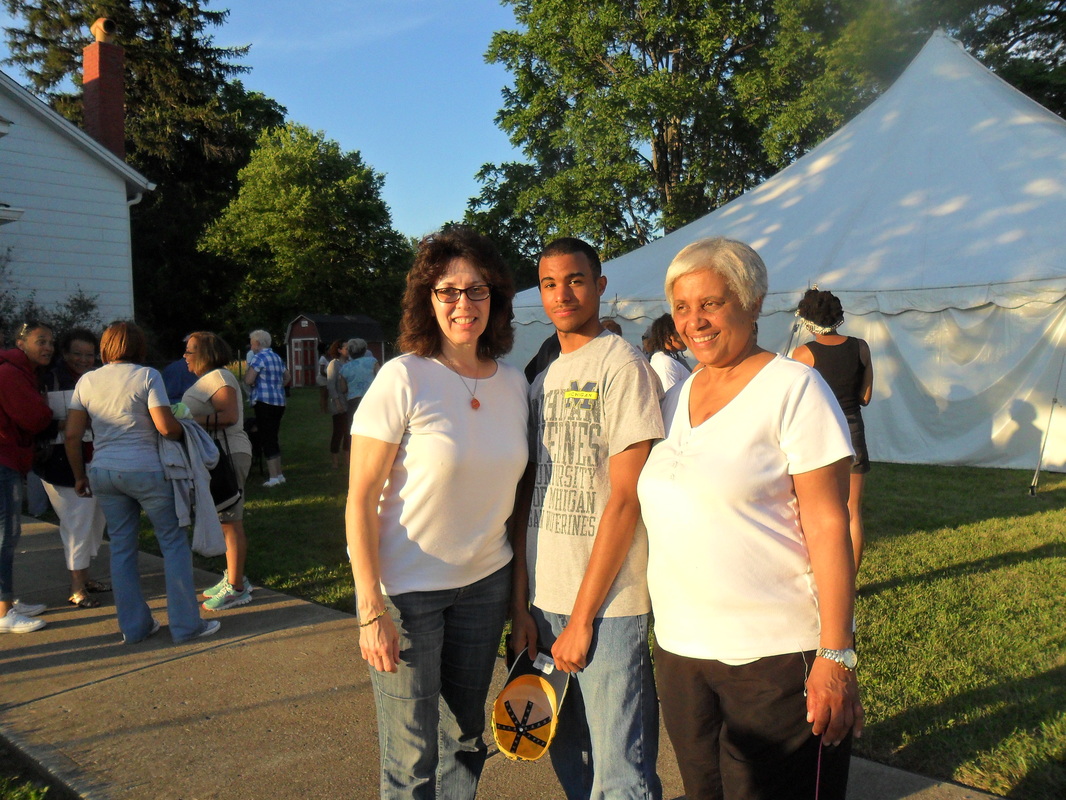
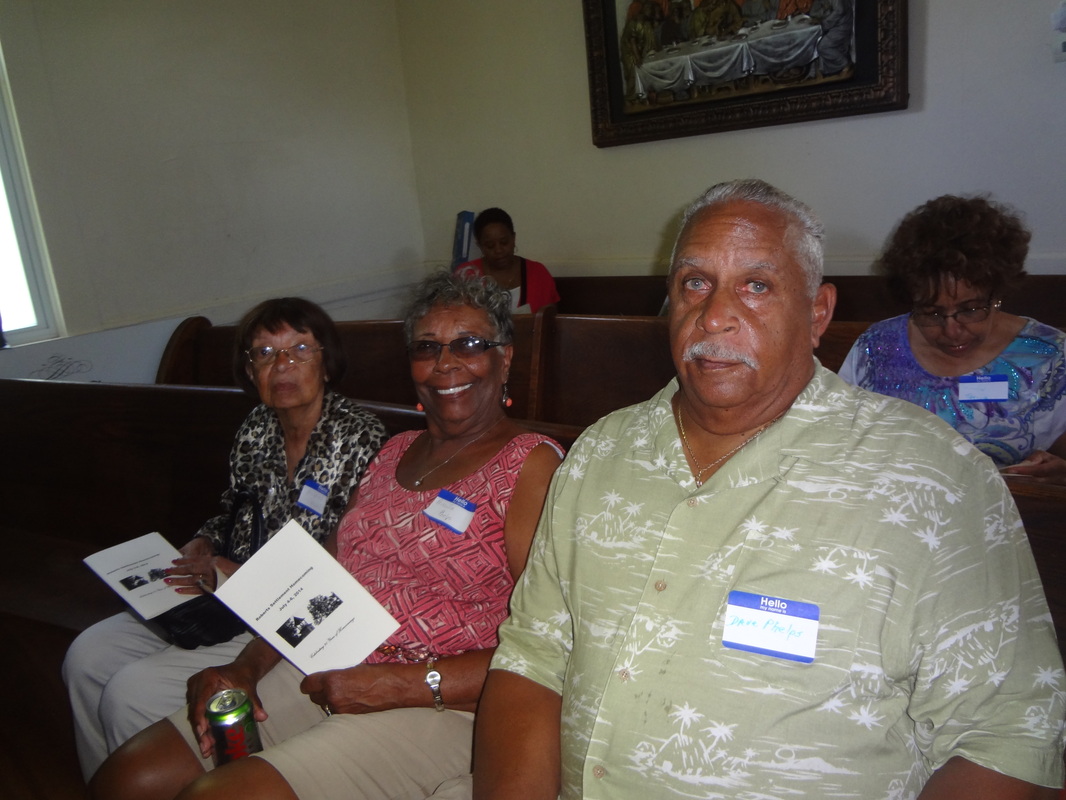
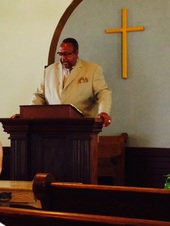
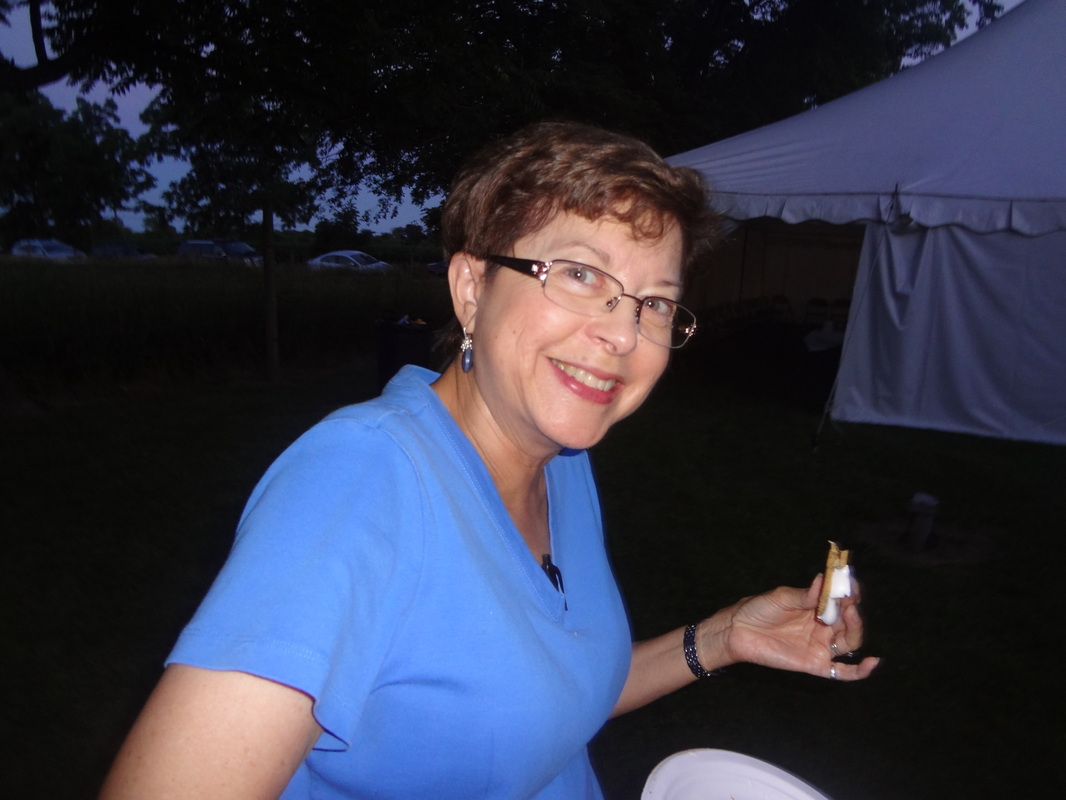
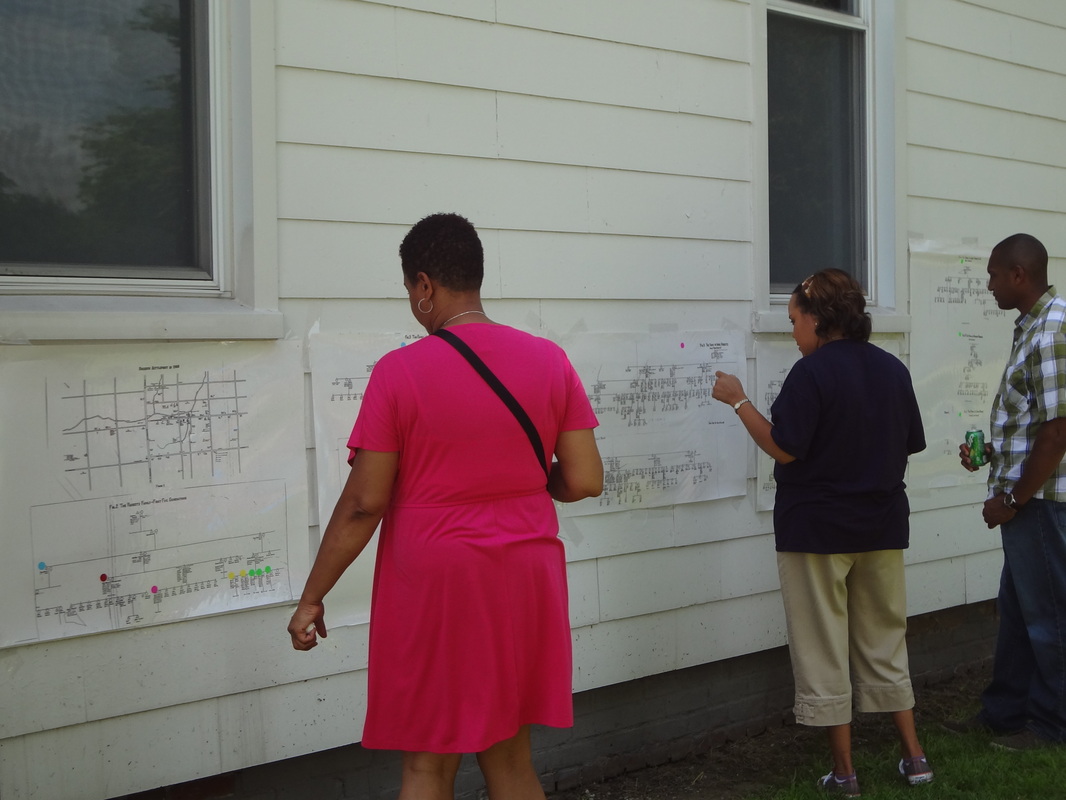
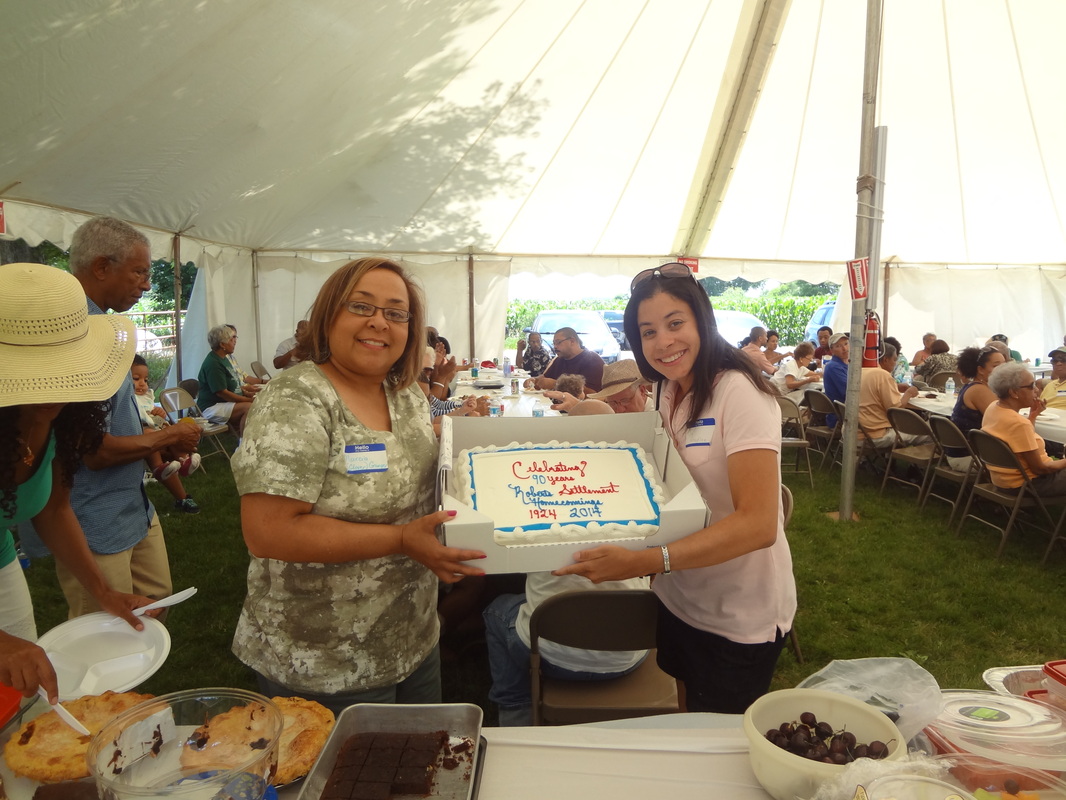
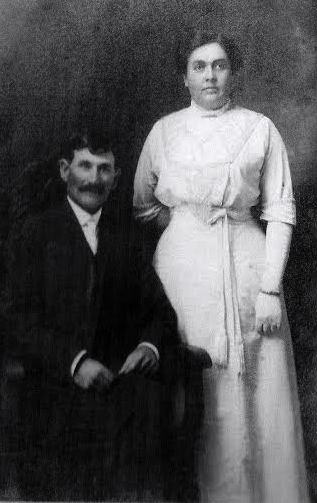
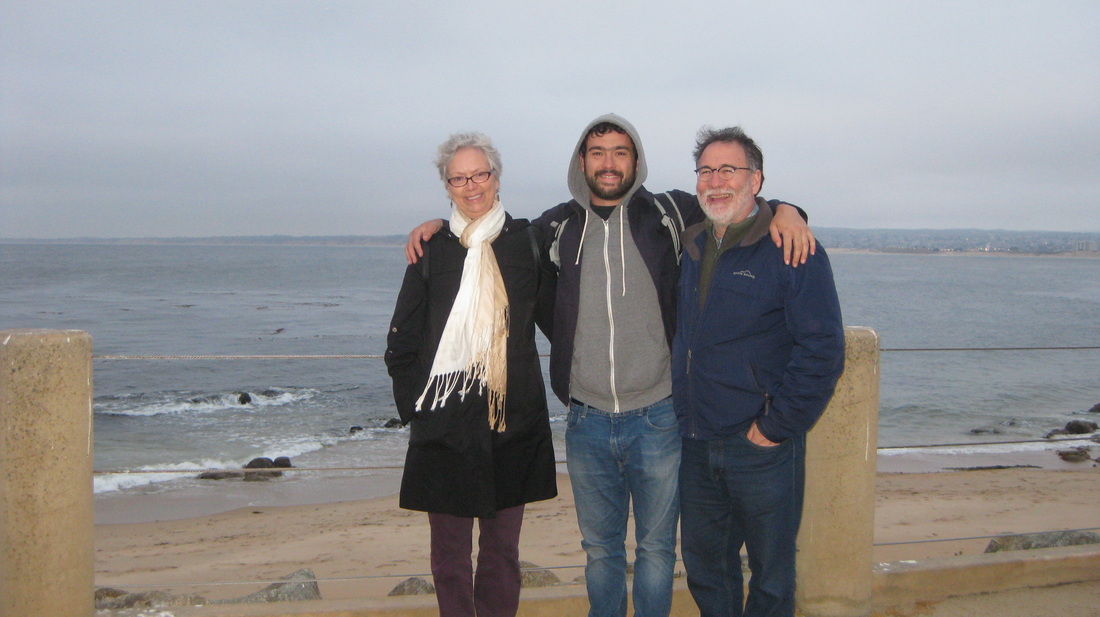
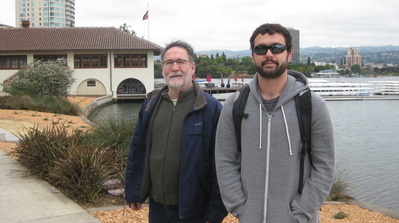
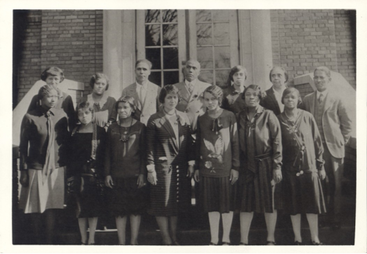
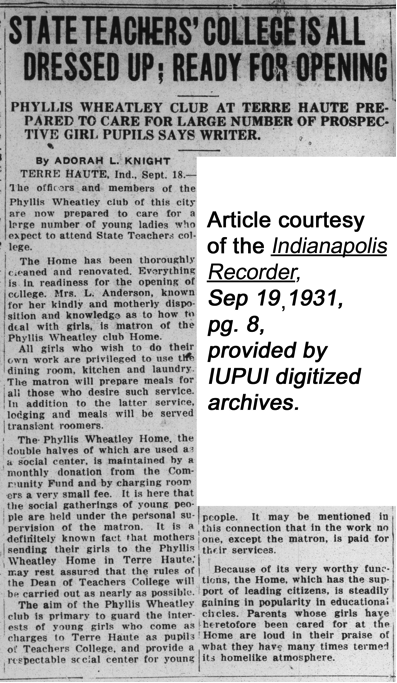
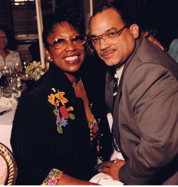
 RSS Feed
RSS Feed